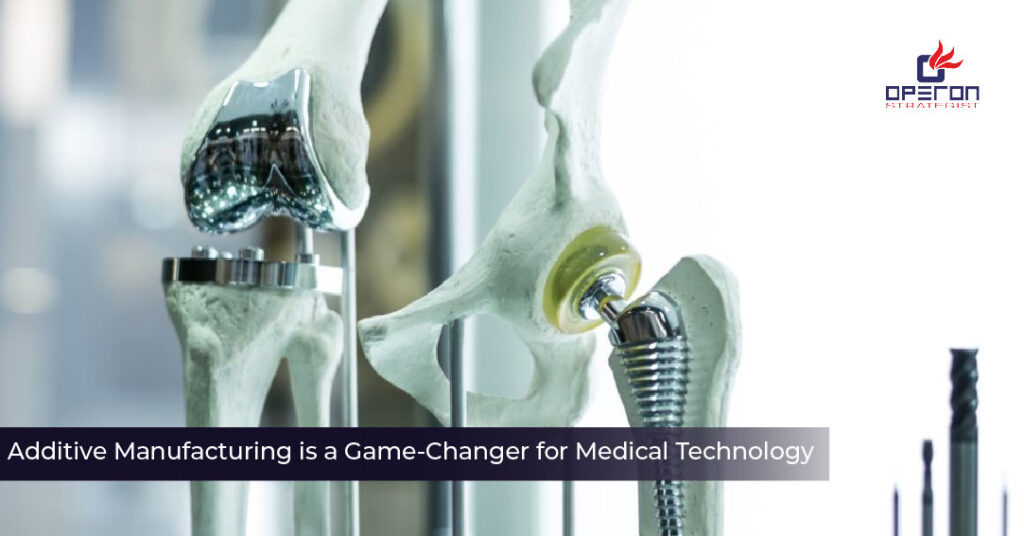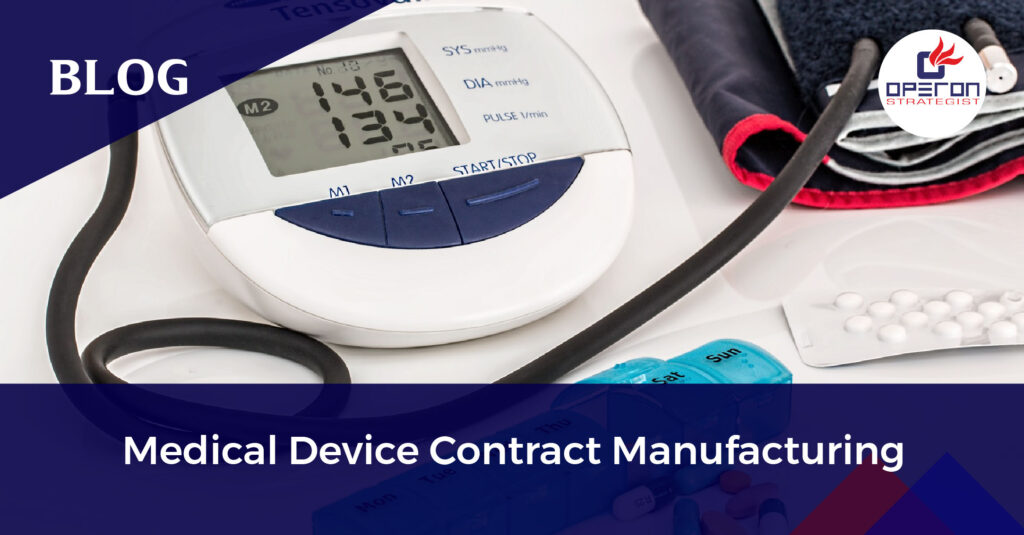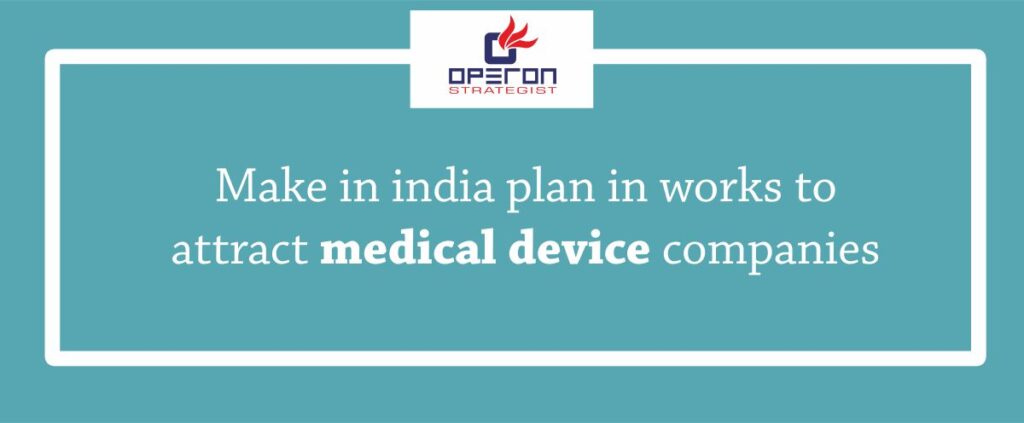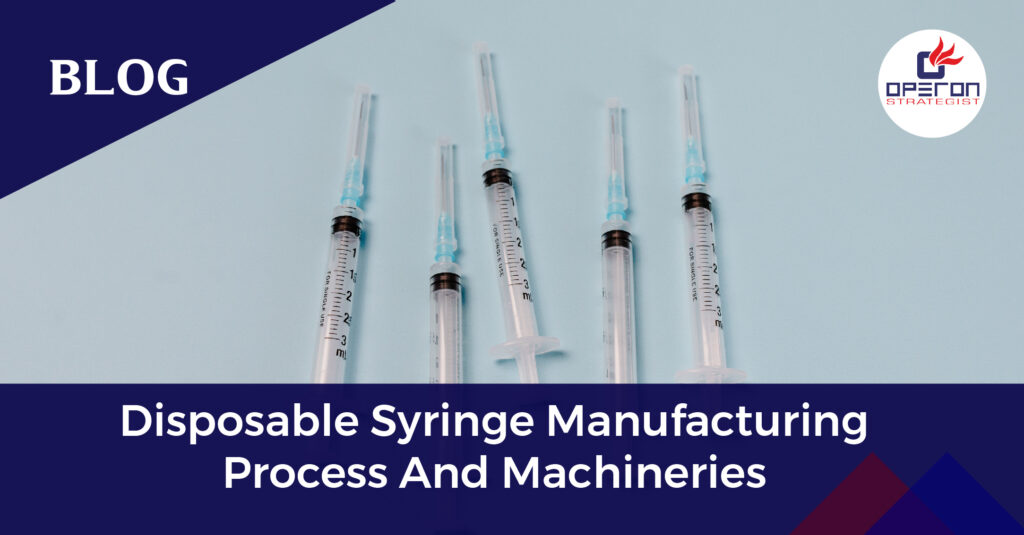Introduction to Additive Manufacturing in Medtech
Additive Manufacturing (AM), also known as 3D printing, is rapidly transforming the medical device industry by enabling faster development, greater flexibility, and patient-specific solutions. For medical device manufacturers, AM opens new possibilities—from designing complex implants to streamlining production workflows.
But while AM creates opportunities, it also introduces new regulatory, quality, and compliance challenges that manufacturers must carefully address.
Looking For a Medical Device Regulatory Consultant?
What is Additive Manufacturing in Medtech?
In simple terms, Additive Manufacturing builds products layer by layer using digital 3D models. Unlike subtractive manufacturing (cutting, drilling, or molding), AM directly creates the product with less material waste, shorter production cycles, and more design freedom.
Common Applications in Medtech:
- Orthopedic Implants – Titanium hip and knee replacements with porous structures for better bone integration.
- Dental Devices – Custom aligners, crowns, and bridges produced directly from digital scans.
- Prosthetics – Affordable, lightweight, and patient-specific prosthetic limbs.
- Surgical Guides – 3D-printed guides help surgeons achieve precision during complex procedures.
- Anatomical Models – Patient-specific models for surgical planning and training.
- Drug Delivery Devices – Complex microstructures designed for controlled drug release.
Benefits of Additive Manufacturing for Medical Device Manufacturers
- Customization and Personalization
Every patient’s anatomy is unique. AM allows you to create custom-fit implants, prosthetics, and instruments tailored to a patient’s CT or MRI data. This improves patient outcomes, comfort, and surgical success rates.
- Rapid Prototyping and Design Iteration
Traditional manufacturing can take weeks or months to produce prototypes. With AM, manufacturers can produce functional prototypes in hours or days, test them, and refine designs faster—helping companies reduce time-to-market.
- Complex Geometries and Lightweight Structures
AM can produce intricate, porous, and lightweight designs that are impossible with conventional methods. For example:
- Orthopedic implants with porous surfaces to encourage bone growth.
- Lightweight surgical instruments that reduce surgeon fatigue.
- Reduced Waste and Cost Efficiency
AM only uses the material needed, which reduces scrap compared to machining. For low-volume production or highly specialized devices, AM can be far more cost-effective.
- On-Demand, Point-of-Care Manufacturing
Hospitals and clinics can now produce 3D-printed surgical models, dental devices, and even prosthetics on-site, reducing reliance on suppliers and speeding up treatment.
- Innovation in Biomaterials
Recent advancements allow manufacturers to use biocompatible metals (titanium, cobalt-chrome), polymers, and even bioinks with living cells for tissue engineering. This expands the potential for next-generation medical devices.
Challenges and Considerations for Manufacturers
While AM offers unique advantages, manufacturers must address several challenges:
- Regulatory Uncertainty – AM-produced devices must meet the same regulatory standards as traditional devices. However, regulators like the FDA and EU MDR require additional considerations for process validation, reproducibility, and patient safety.
- Quality Consistency – Layer-by-layer printing can lead to variability in mechanical properties, requiring strong quality assurance systems.
- Scalability Issues – AM excels at customization but scaling up to mass production remains costly and time-consuming.
- Material Validation – Manufacturers must ensure materials are biocompatible, sterilizable, and safe for patient use.
- Documentation Burden – AM devices require detailed design history files (DHF), device master records (DMR), and validation documentation to prove compliance.
Regulatory Considerations for Additive Manufacturing
Manufacturers must ensure that their AM-produced devices comply with global regulatory requirements:
- Design Controls
- FDA 21 CFR Part 820.30 and ISO 13485 require documented design controls.
- Every change in CAD model, print parameters, or material must be tracked and validated.
- Risk Management
- ISO 14971 mandates systematic risk analysis for AM devices.
- Manufacturers must consider risks such as material failure, porosity, and sterilization compatibility.
- Verification and Validation
- Printed devices must undergo verification and validation testing (mechanical strength, biocompatibility, sterility, shelf-life).
- Process validation is critical to ensure consistent output.
- Biocompatibility Testing
- As per ISO 10993, all AM devices must undergo testing for toxicity, cytocompatibility, and leachables.
- Regulatory Submissions
- FDA 510(k) clearance or Premarket Approval (PMA) may be required in the U.S.
- CE Marking under EU MDR is necessary for European markets.
- Manufacturers in other regions must comply with local regulatory frameworks (e.g., CDSCO in India, EDA in Egypt).
How Operon Strategist Supports Manufacturers
As a medical device regulatory consultant, Operon Strategist helps manufacturers successfully implement Additive Manufacturing in Medtech by offering:
- Regulatory Strategy – Defining the right approval pathway (FDA 510(k), CE Mark, ISO compliance).
- QMS Implementation – Setting up ISO 13485 and FDA-compliant quality systems for AM.
- Validation Services – Assisting in process validation, software validation, and design validation.
- Technical Documentation – Preparing DHF, DMR, Risk Management Files, and Clinical Evaluation Reports.
- Regulatory Submissions – Supporting submissions to FDA, EU, and other regulatory bodies.
With our support, manufacturers can leverage AM’s advantages while ensuring safety, compliance, and faster market access.
Bring Your Additive Manufacturing Innovation to Global Markets
- adminhttps://operonstrategist.com/author/admin-2/
- adminhttps://operonstrategist.com/author/admin-2/
- adminhttps://operonstrategist.com/author/admin-2/
- adminhttps://operonstrategist.com/author/admin-2/




